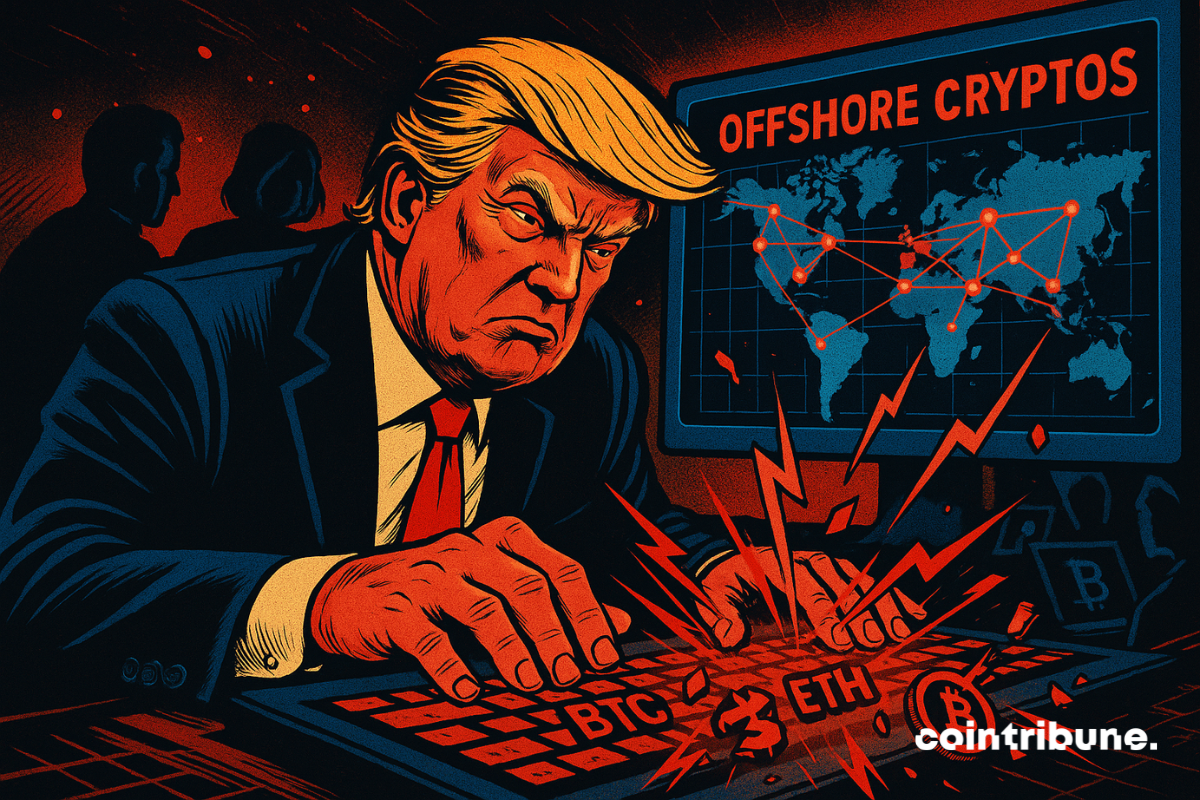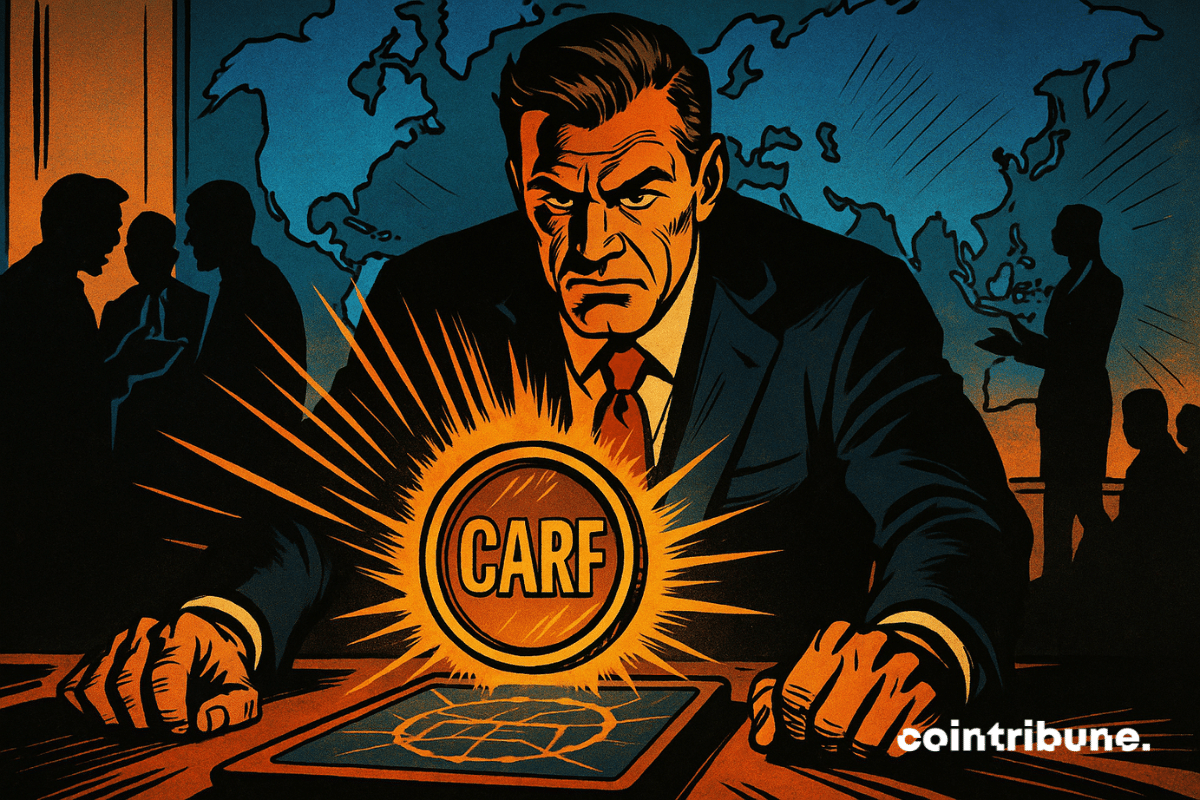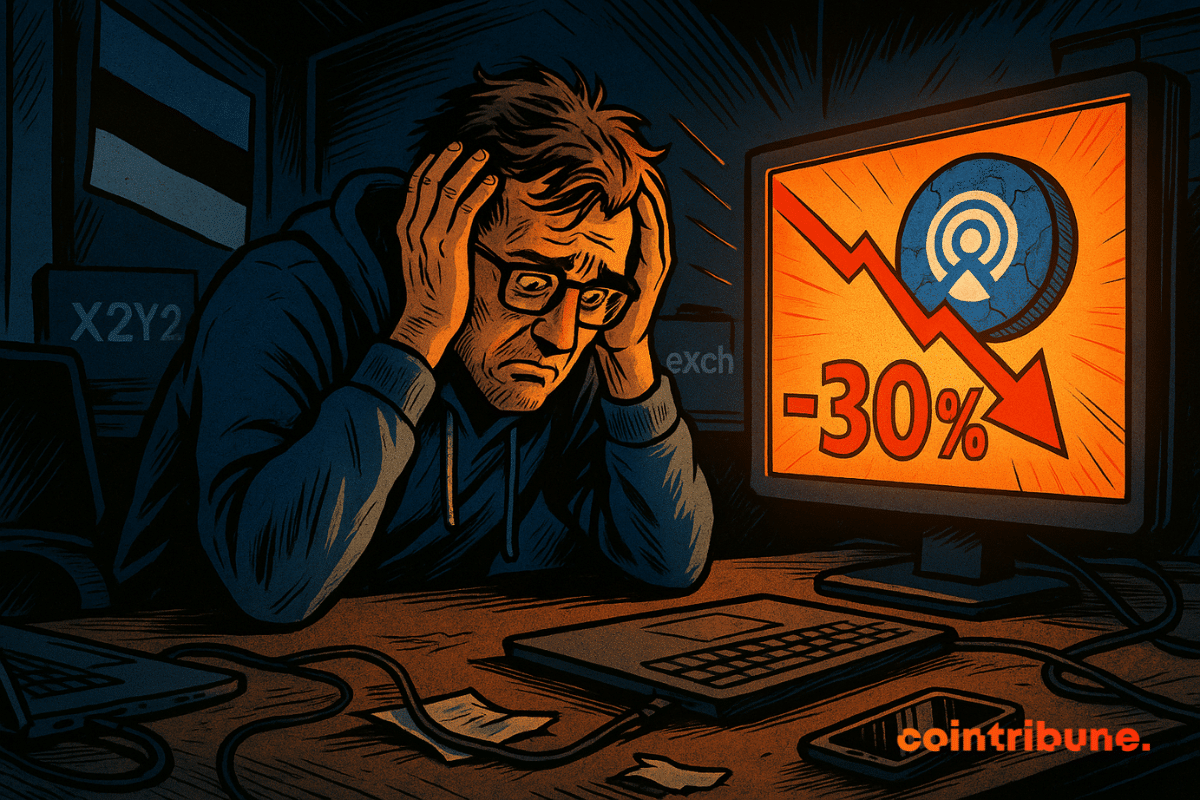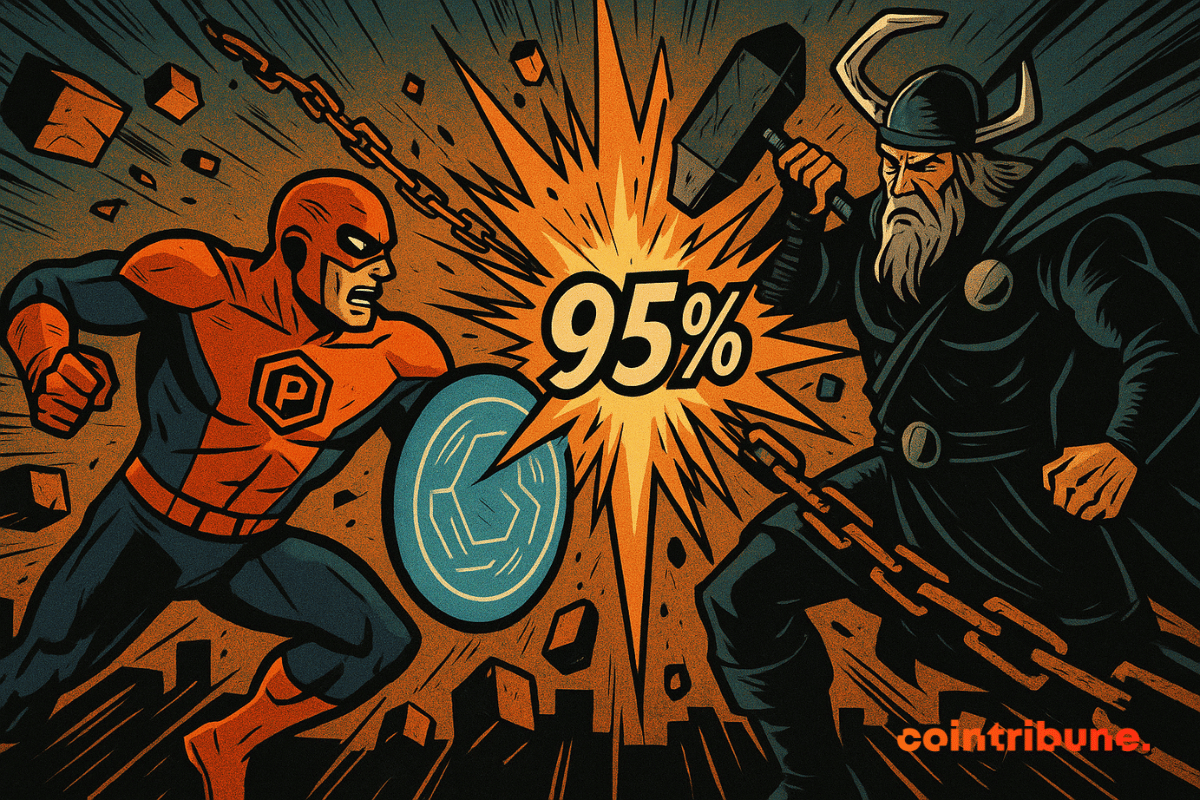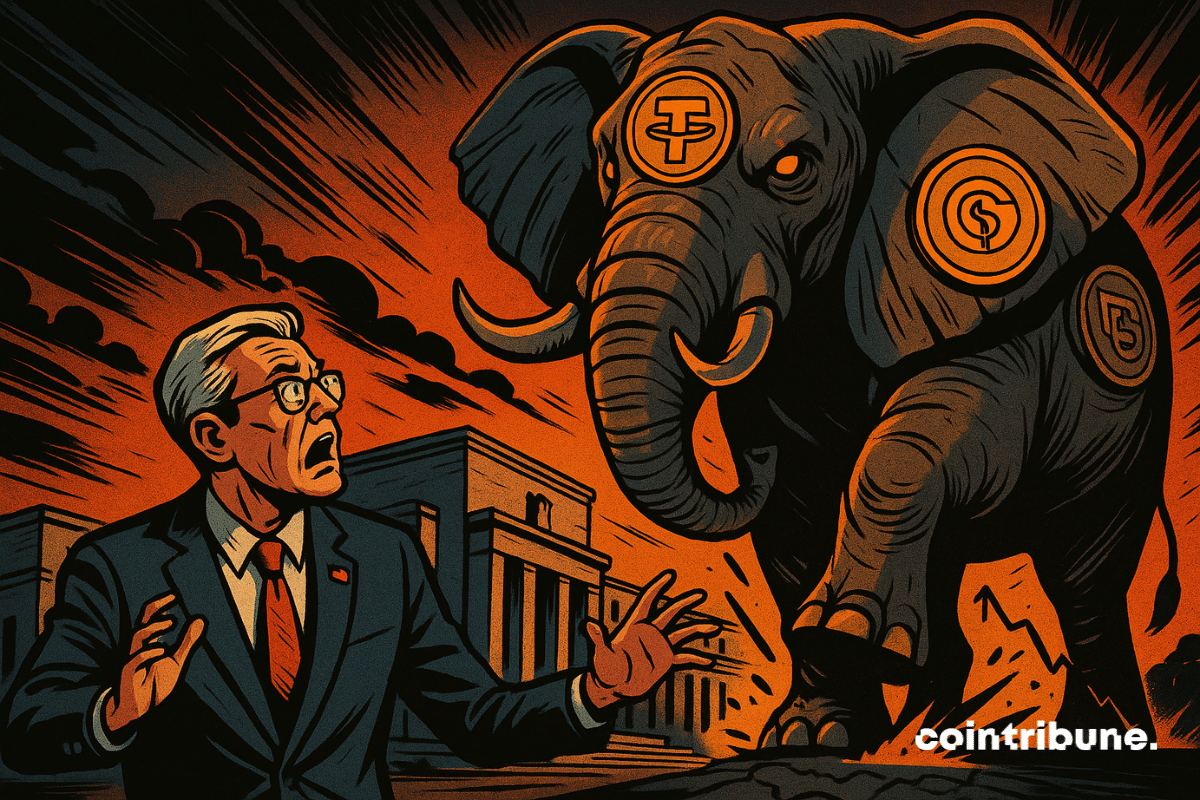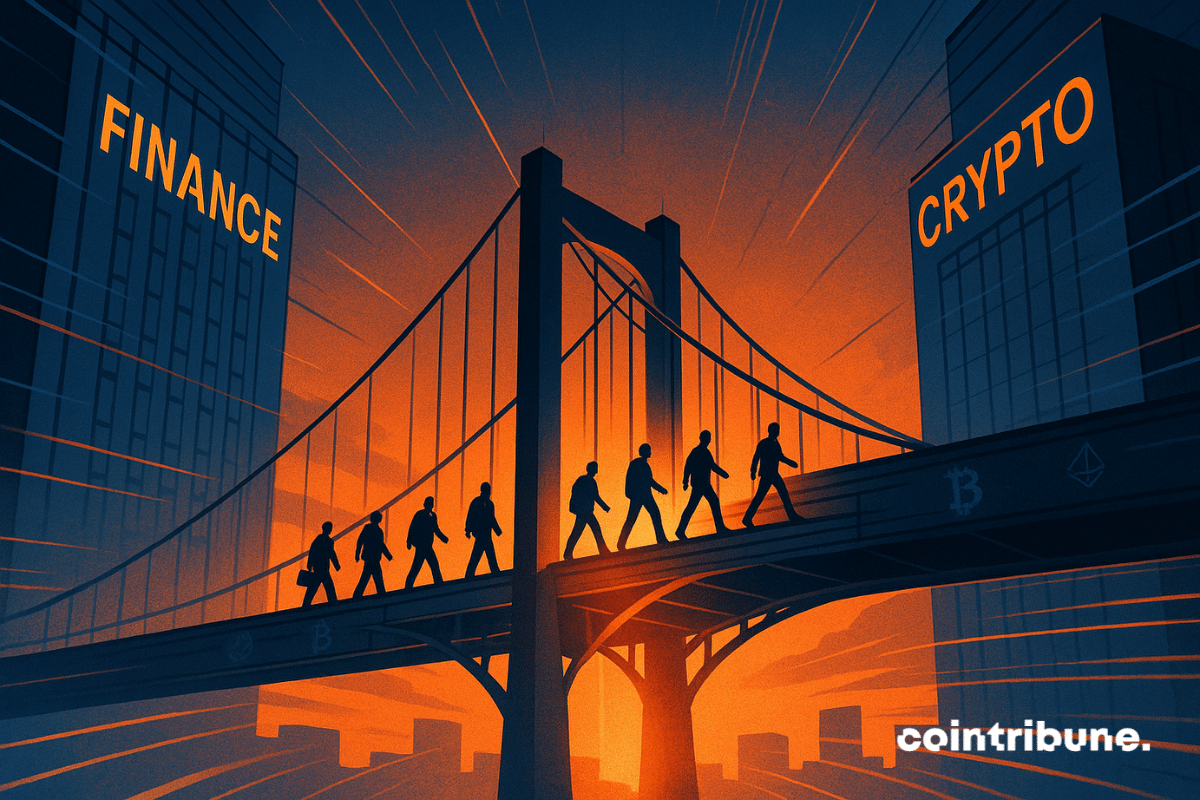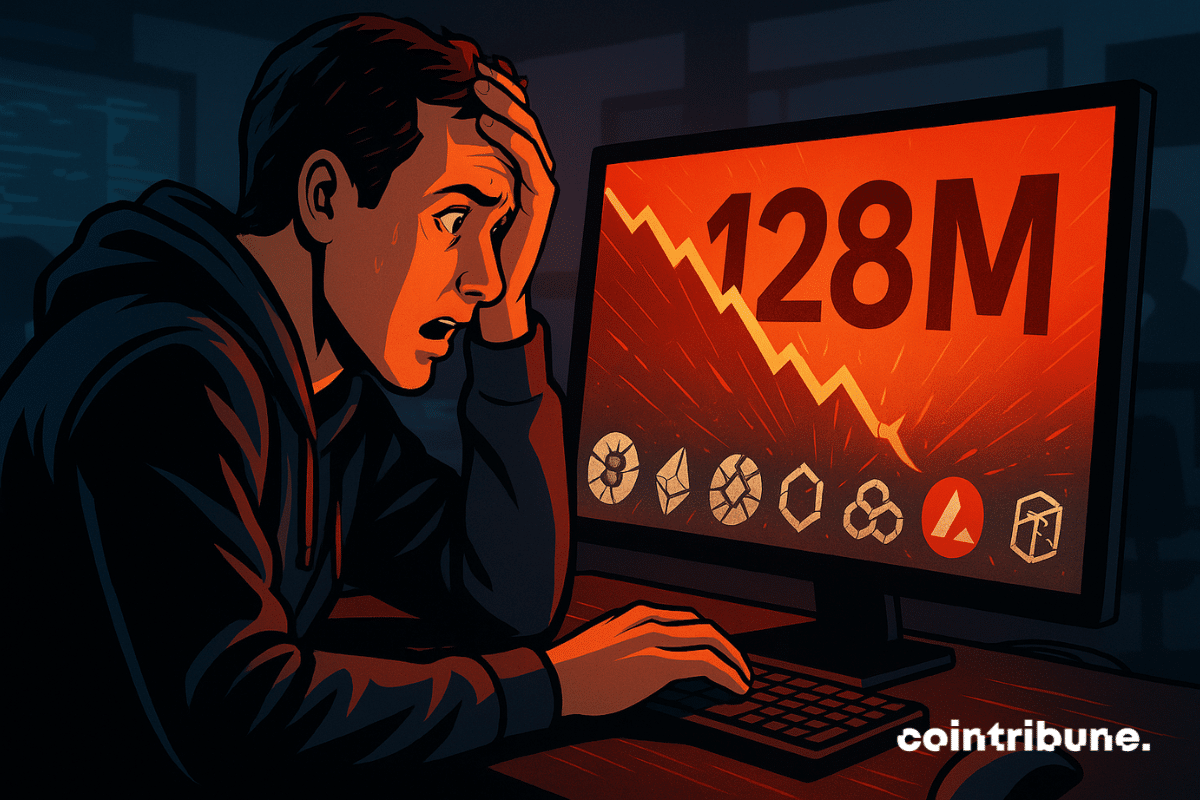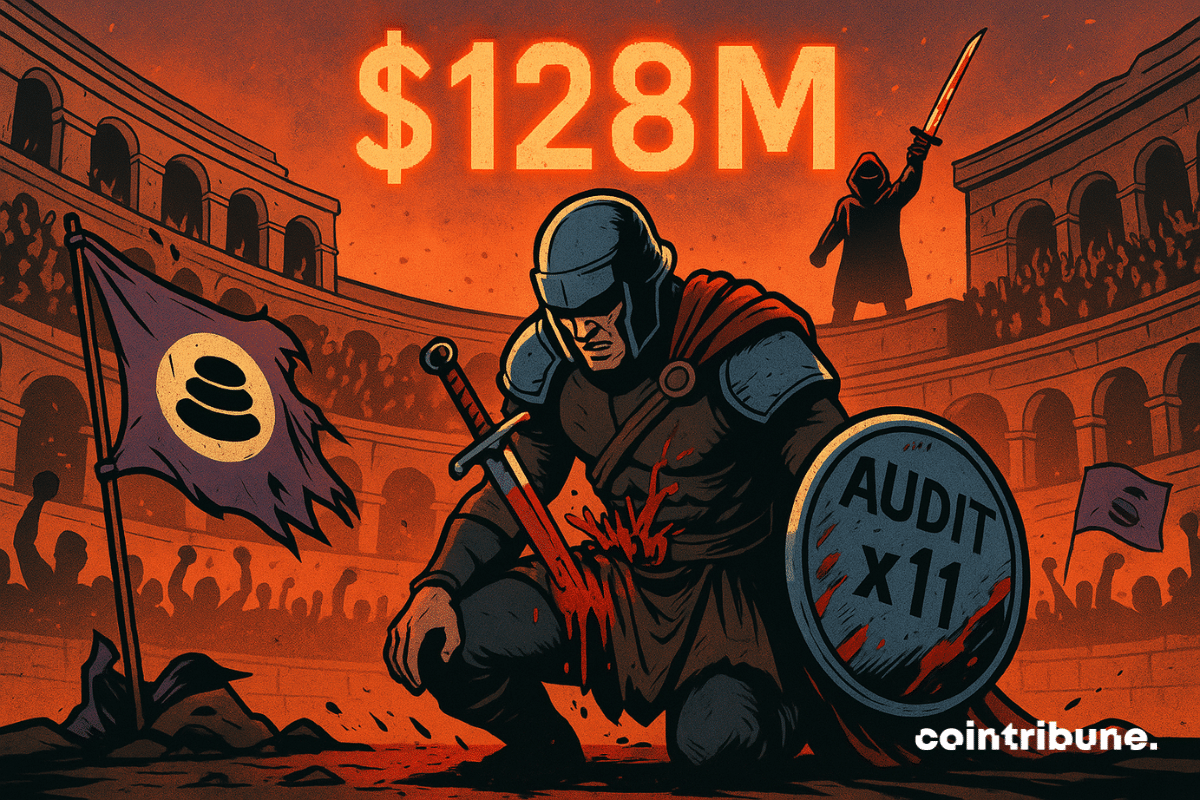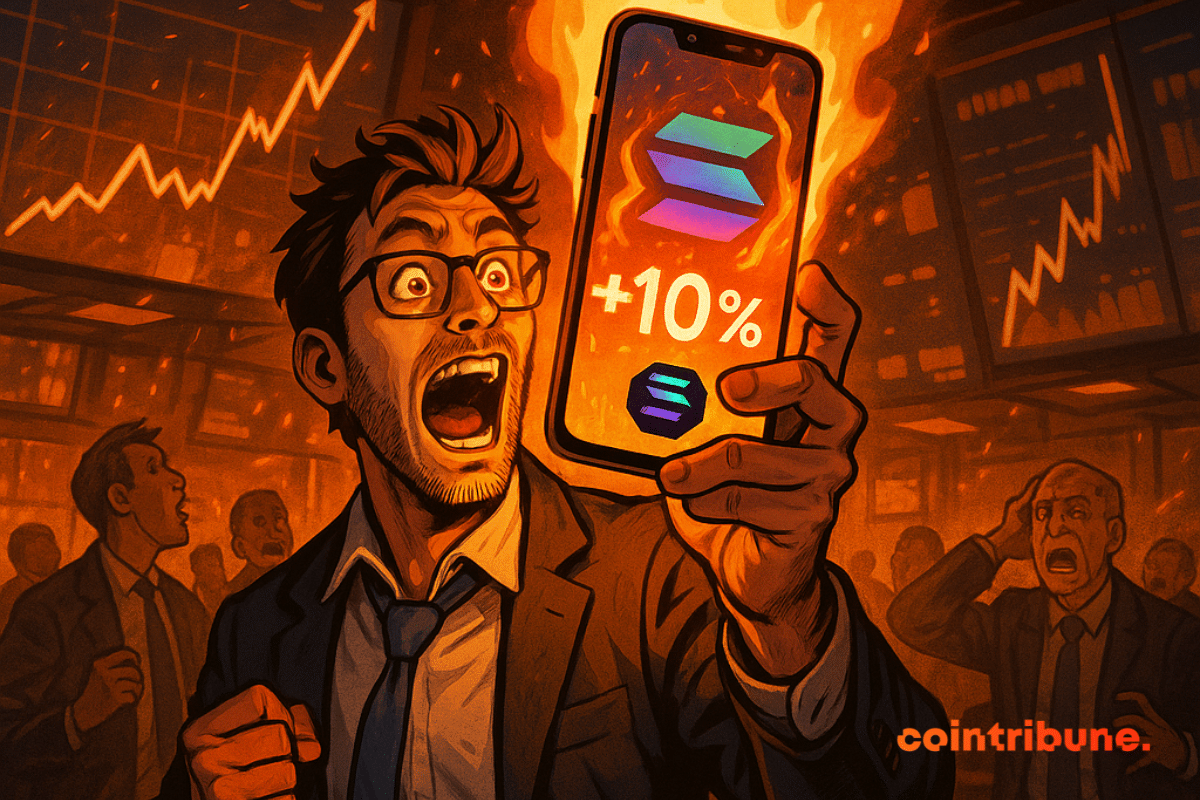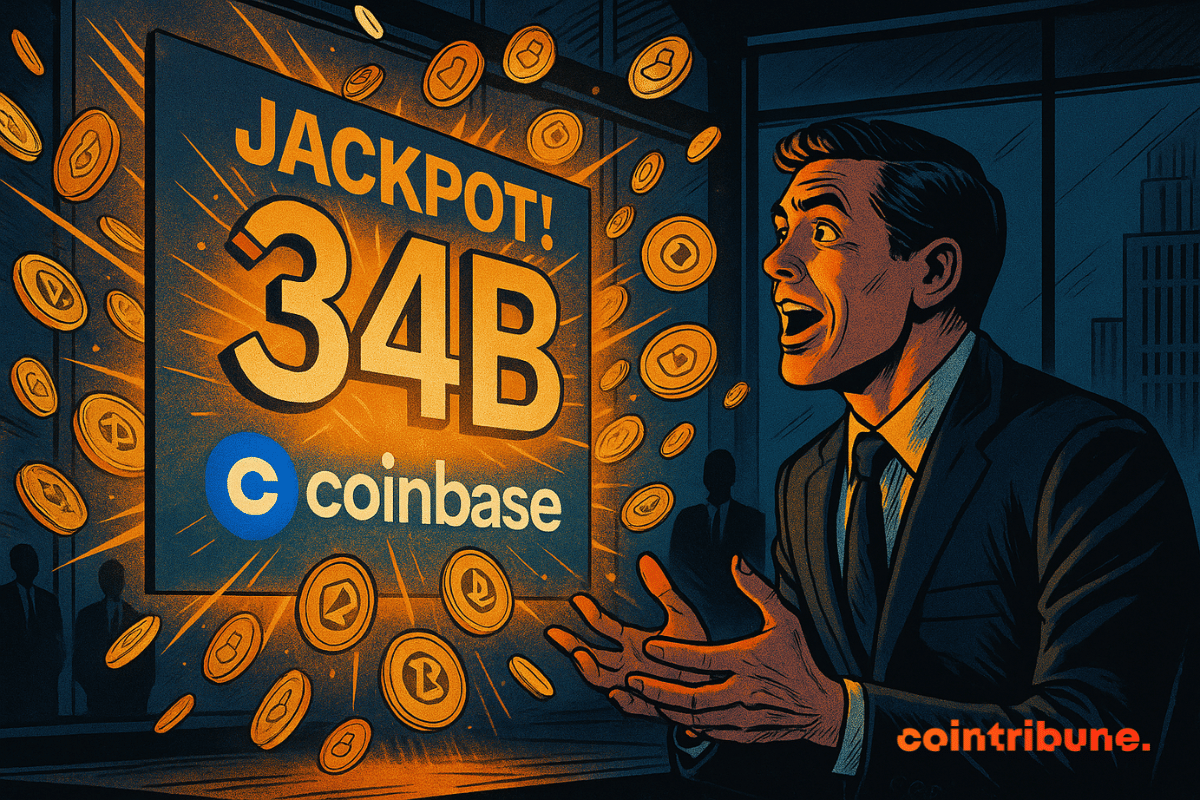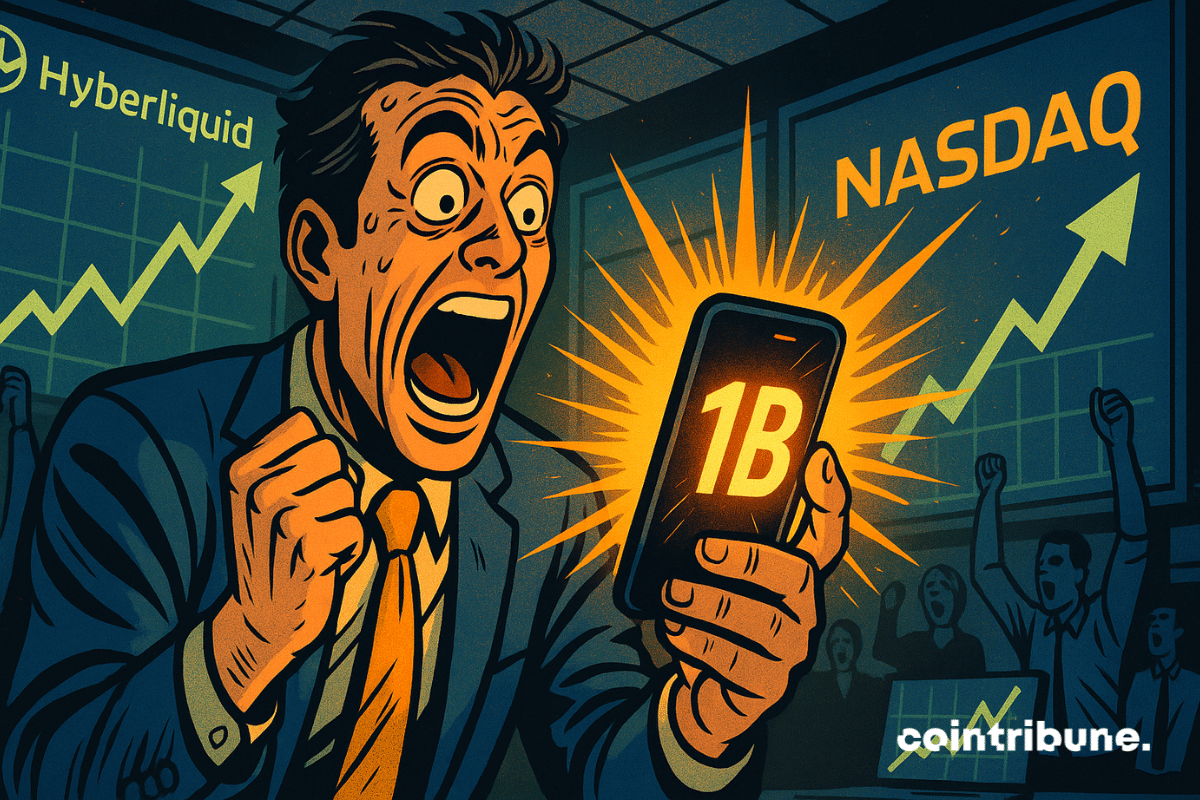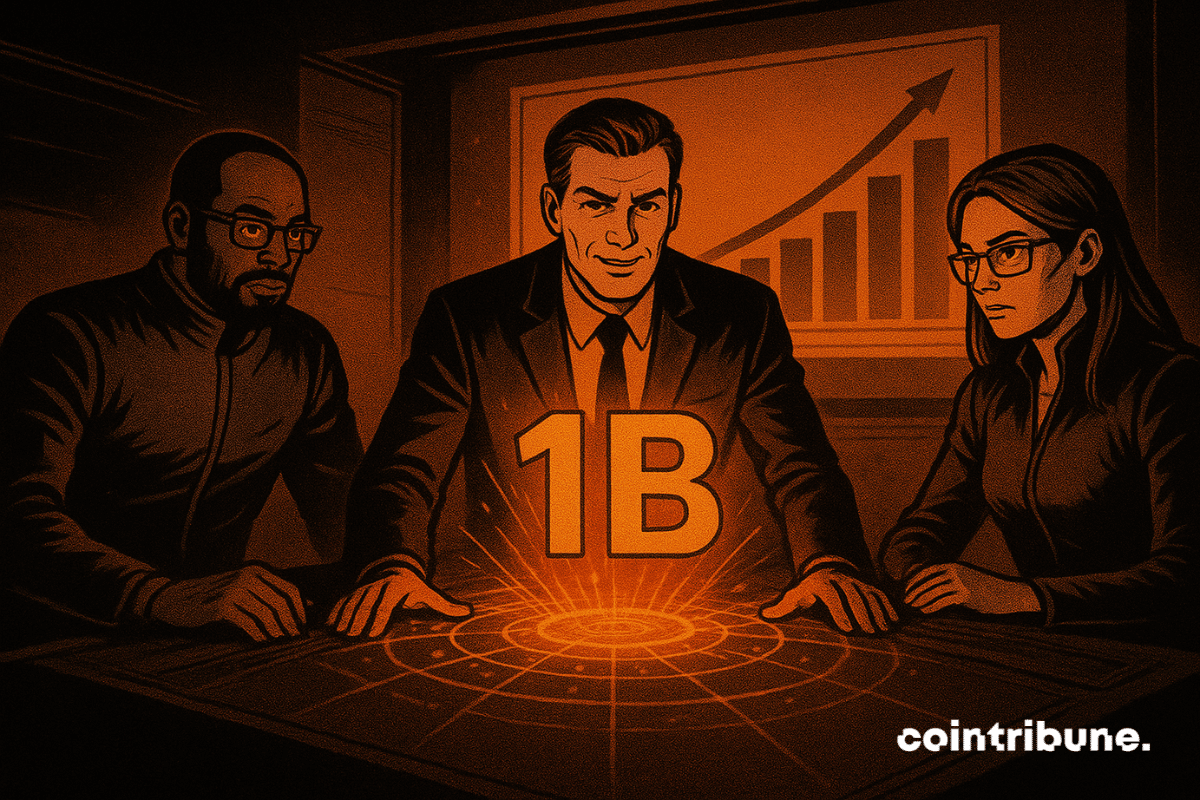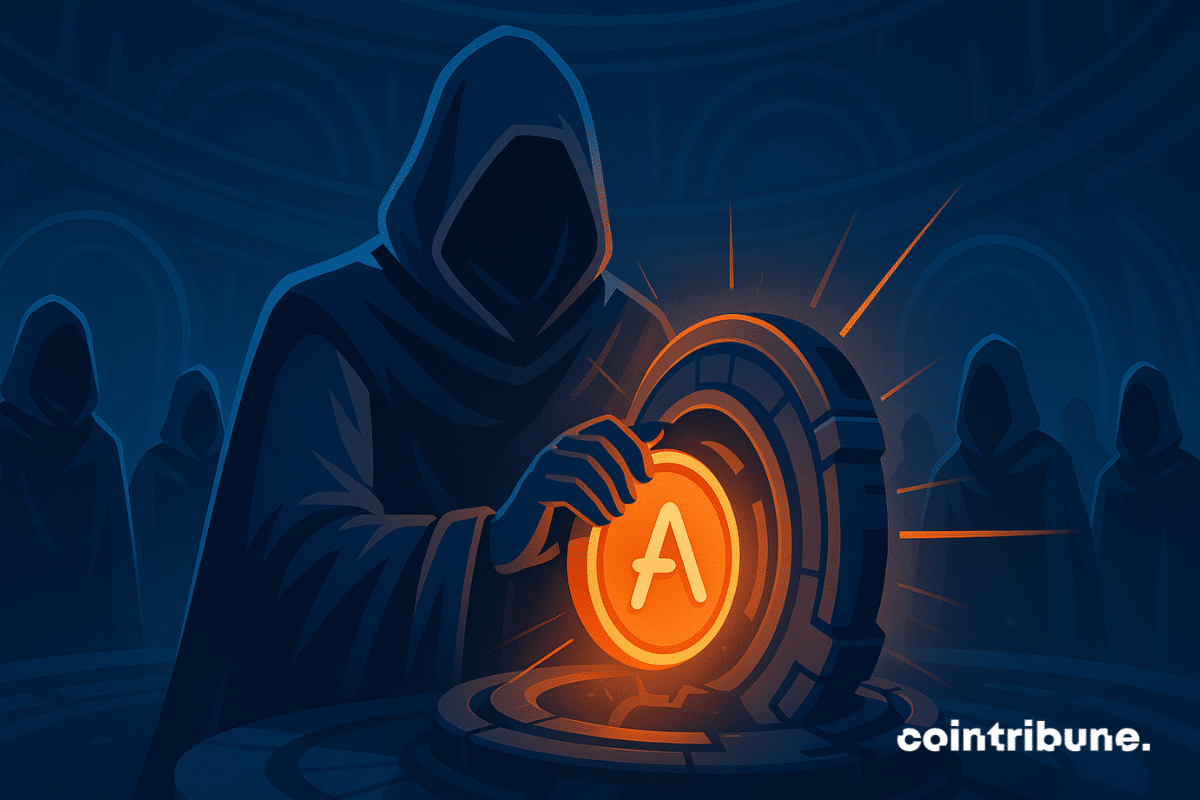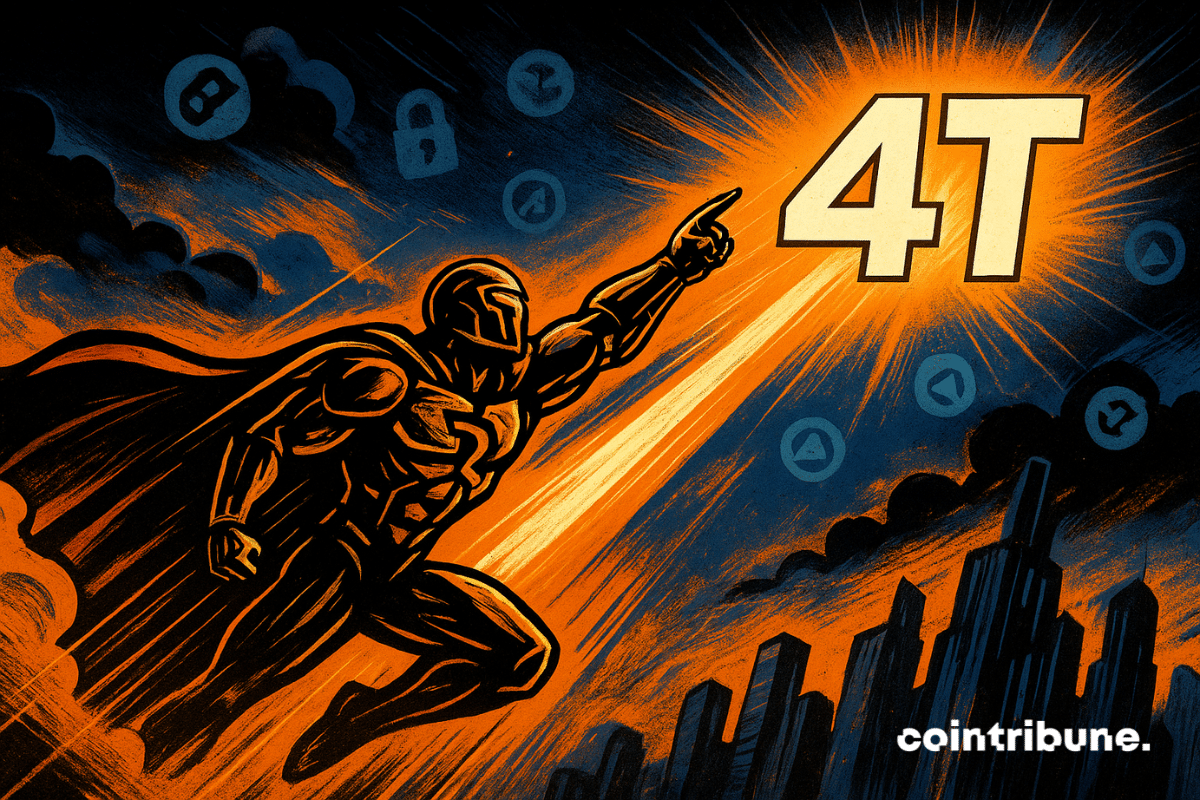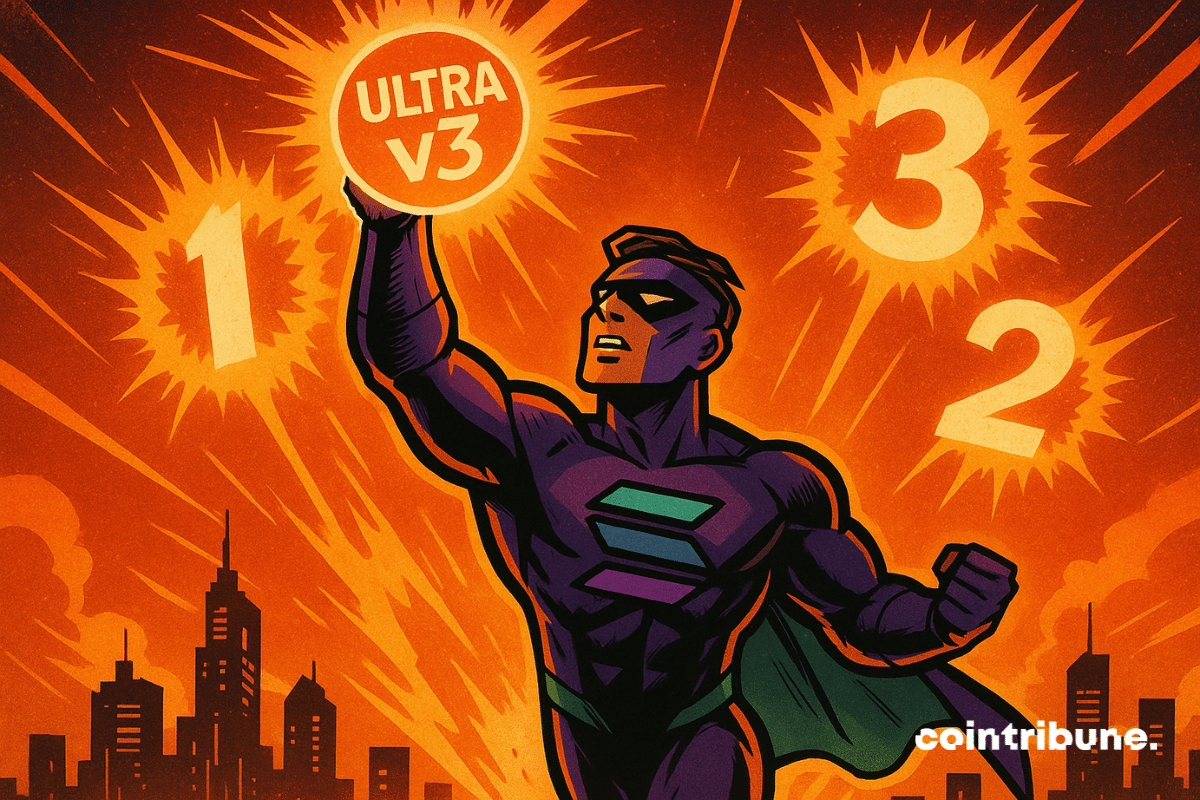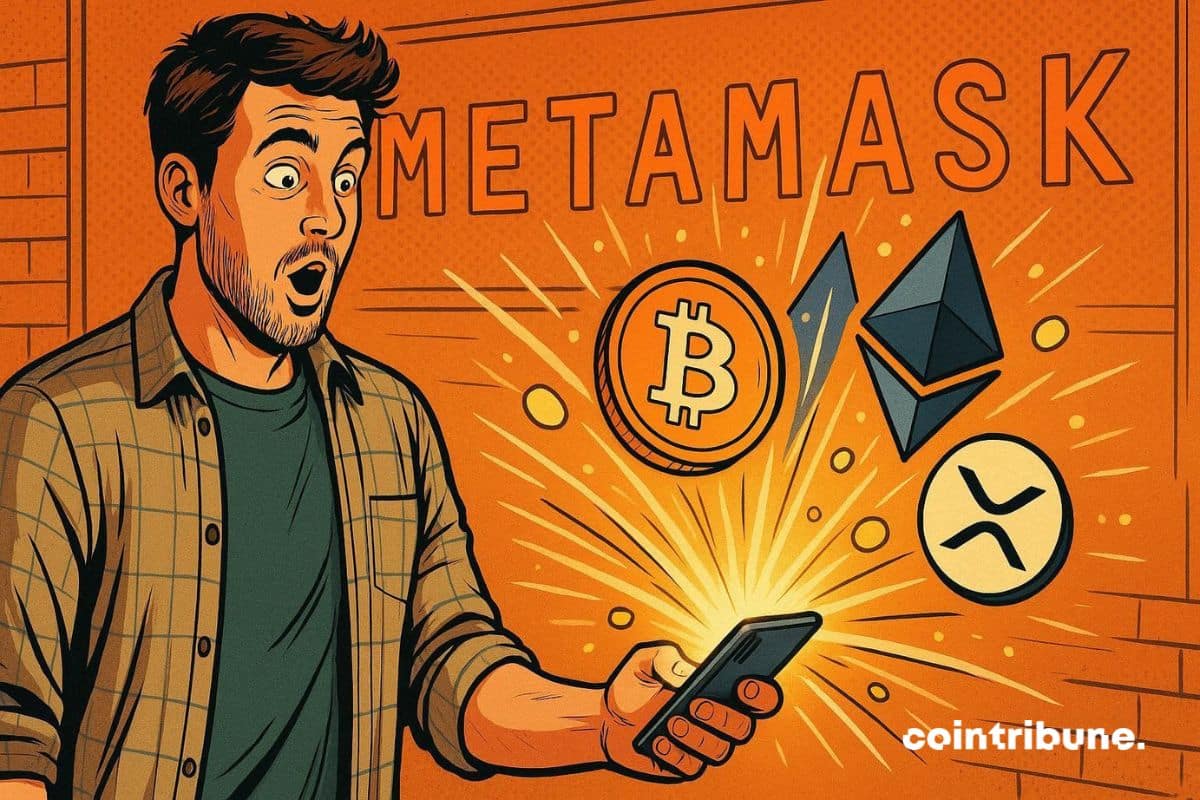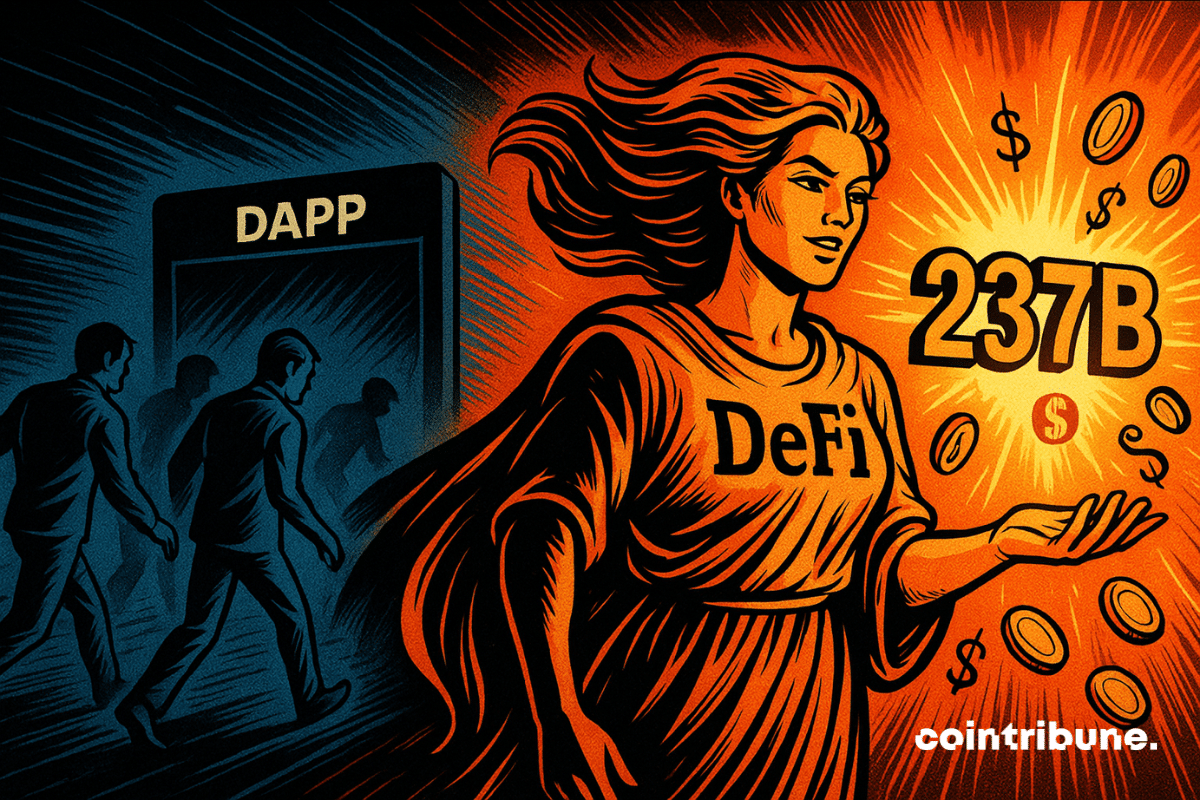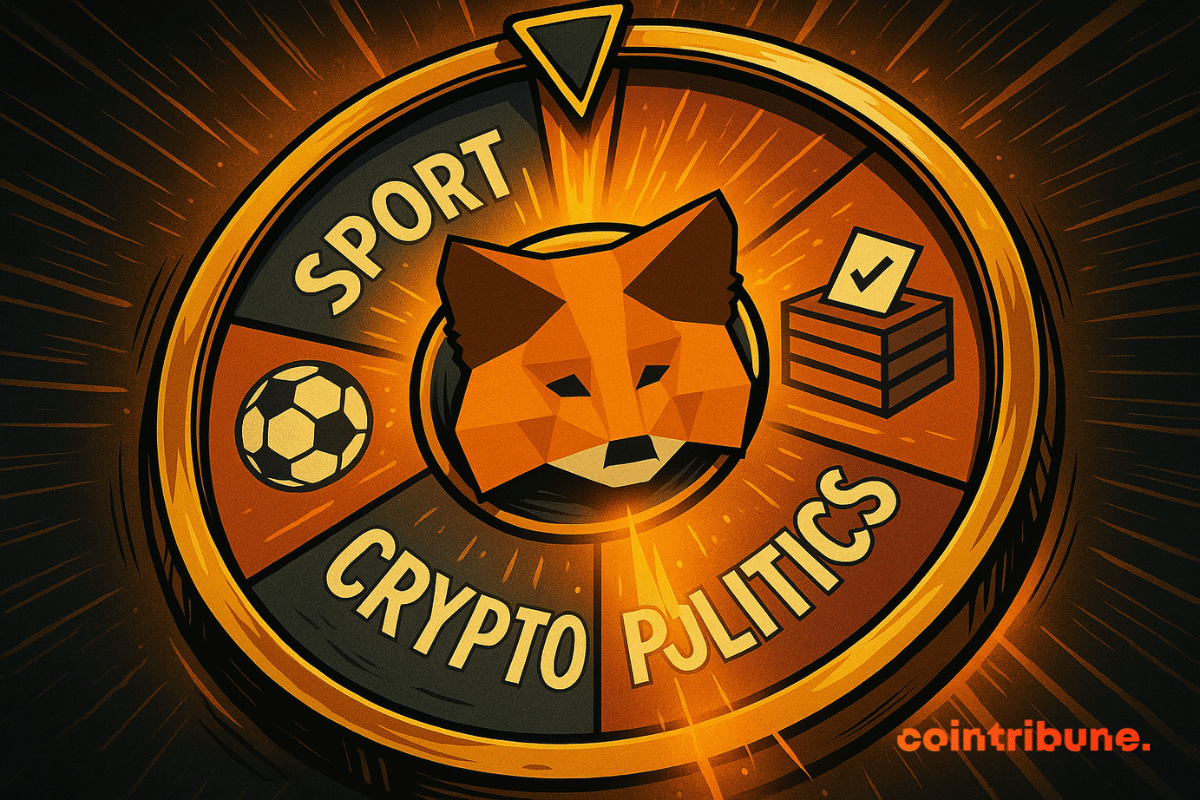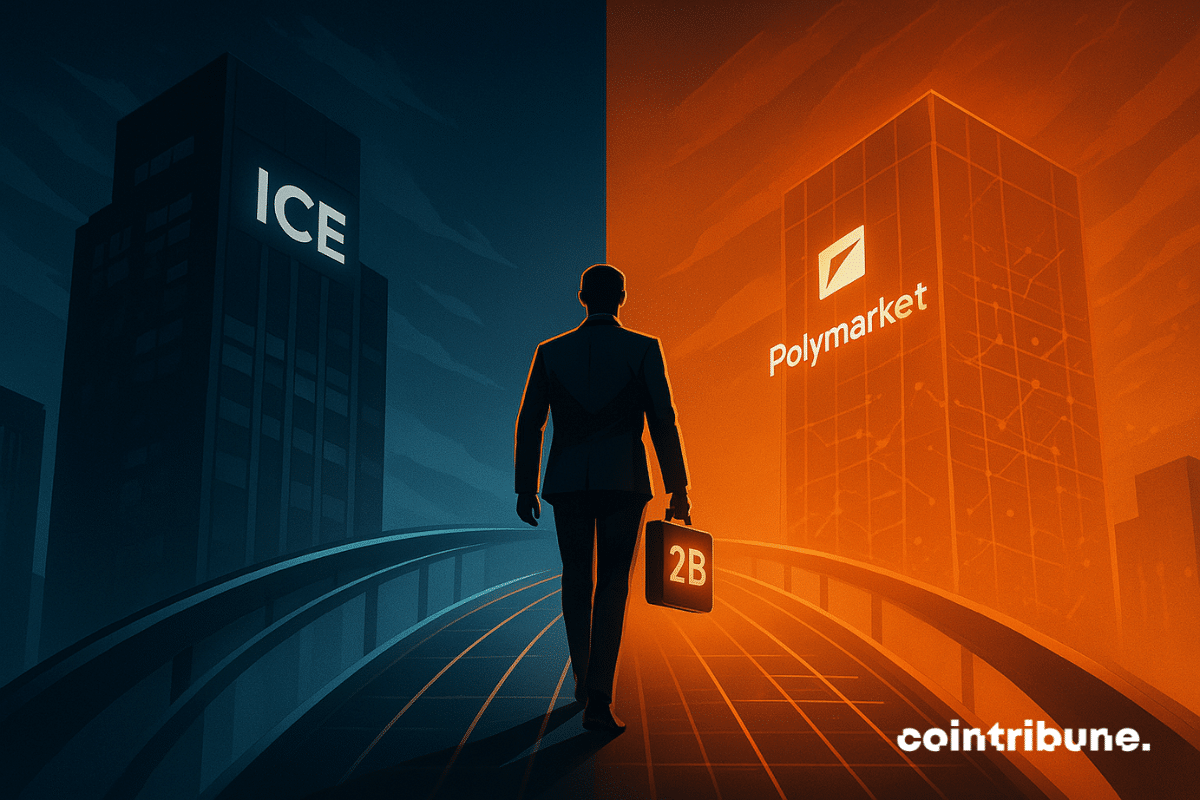Trump tightens the screws: after flirting with crypto, he is now ready to unleash the IRS on digital havens... Soon audits on wallets hidden in the Bahamas?
Theme DeFi
Growing U.S. interest in tightening oversight of offshore digital assets is gaining traction in Washington. Momentum is building as a proposed rule allowing the IRS to access data on Americans’ foreign crypto accounts moves into White House review. Signaling a stronger push to align U.S. tax policy with global reporting standards, the step places cooperation with foreign regulators closer to reality.
Aave announces a new savings app offering up to 9% APY, real-time interest tracking, and higher yields than traditional banks.
A site fades away, a token collapses: DappRadar takes its bow, leaving its DAO stranded and the crypto market searching for a new GPS for its scattered data.
No bridges but with panache, Pact Swap slashes fees and smashes complexity: crypto finally discovers a DEX that does not chain its users.
When crypto plays central banker, the Fed sweats under its suit. Stablecoins, hidden treasures, and plummeting rates: guess who really runs the world?
A steady shift toward digital assets is underway across the hedge fund sector, as an increasing number of managers incorporate crypto positions. Rising market activity and clearer signals from U.S. policymakers have been key drivers of this trend. In fact, recent survey data indicate a broad transition that is gradually pulling crypto further into mainstream finance.
Balancer has just published its preliminary report on the attack that shook the DeFi protocol on November 3. A technical flaw in the V2 pools allowed hackers to siphon 128 million dollars across seven different blockchains. But the real bill is much higher: the total value locked (TVL) collapsed by 58% in just two days. How could a protocol audited eleven times fall victim to such a debacle?
Aster, a decentralized perpetuals exchange, surged over the weekend after Binance founder Changpeng “CZ” Zhao revealed a personal investment of more than $2 million in its native token. His entry into the project reignited market excitement, drawing investors back to the fast-growing DeFi platform and reaffirming his lasting influence over digital-asset markets.
Eleven audits, a brilliant architecture, but 128 million gone... The crypto-miracle Balancer falls hard. Who said code was better than a good old banker?
A heated discussion is brewing in the crypto world after Solana Foundation manager Vibhu publicly invited Ripple executives and members of the XRP community to a live debate focused solely on on-chain data. His open call on X seeks a “facts-only” discussion about network activity and challenges long-standing claims about XRP’s real-world adoption.
Crypto venture capital activity continued its steady recovery in October, closing the month with $5.11 billion in reported deals. Investor confidence strengthened after a slower summer, and funding levels nearly matched the March 2025 peak of $5.79 billion. Early data suggests that October’s final total could rise further once all undisclosed rounds are reported.
Blockchain shows its claws: billions flowing, apps that are booming, and crypto finally wanting to work for real. To follow, or to avoid?
The market watches Solana like one watches for a spark in an already hot engine. The noise around SOL ETFs is amplifying, order books are thickening, and volatility is reclaiming its role as conductor. The challenge is not just a "pump" of +10%: it's the shift of SOL towards a more regular, more institutional, therefore more demanding demand.
Coinbase, the well-groomed crypto exchange, is cooking up a Base token. JPMorgan sees billions there. Should we worry when banks applaud tokens they do not control?
Hyperliquid shakes the crypto market with a spectacular increase of 11.91%. This surge comes as the company unveils ambitious plans: a Nasdaq IPO and a $1 billion fundraising. Institutional investors are closely monitoring this project that aims to become a bridge between decentralized finance and traditional markets.
Hyperliquid Strategies is taking a major step to strengthen its presence in the decentralized finance (DeFi) ecosystem. The firm plans to raise up to $1 billion to expand its holdings of the Hyperliquid (HYPE) token, which powers the world’s largest decentralized derivatives platform.
Aave steps up a gear. Its decentralized autonomous organization (DAO) has just unveiled an ambitious buyback program that could redefine its treasury management. The initiative would transform occasional buybacks into a permanent policy, funded by the protocol's growing revenues. But will this strategy be enough to sustainably support the token against fierce competition in DeFi?
The cryptocurrency market extended its turnaround throughout three consecutive quarters into Q3 2025, propelling total capitalization to levels last observed in late 2021. According to CoinGecko, the sector added $563.6 billion in Q3, representing a 16.4% increase and bringing the industry to approximately $4.0 trillion.
When Solana releases a war engine called Ultra v3, it’s not the crypto traders who complain, but the competitors who cough. Fees falling, precision skyrocketing.
Prediction platform Polymarket is broadening its reach into traditional finance with a new feature that lets users bet on stock and index movements. The move highlights the platform’s growing ambition to connect crypto-native speculation with mainstream financial markets, as investor interest in event-based trading continues to accelerate.
BNB’s latest rally has pushed the token to new highs, sparking strong reactions from market leaders and investors. With growing adoption across DeFi, gaming, and on-chain trading, analysts view the rise as more than just a price move—it signals deepening network strength and credibility.
MetaMask integrates perpetual contracts trading (Perps) via Hyperliquid, allowing users to access leveraged operations and rewards directly from their wallet. This development could change the role of centralized exchanges in the crypto ecosystem. #Crypto #DeFi #Metamask #Hyperliquid
While dApps are looking gloomy, DeFi is gorging on billions. Decline in clicks, increase in liquidity... traders are deserting, but capital has never been so loyal.
MetaMask, more playful than ever, bets on political and sports predictions. Polymarket joins the wallet… but France remains on the regulatory sidelines.
Prediction markets have received a major vote of confidence after Intercontinental Exchange (ICE)—the operator of the New York Stock Exchange—announced a $2 billion strategic investment in Polymarket. The deal values the platform at roughly $8 billion, marking a stunning turnaround for a company that faced regulatory fire just three years ago.
Aster, the new perpetual trading player, experiences a slight lull after a spectacular surge. Behind this pullback, the numbers explode: record volumes, increased fees, and growing domination over its rival Hyperliquid. The fundamentals, meanwhile, keep heating up.
The memecoin FLOKI has just reached a historic milestone. By entering the Swedish stock exchange Spotlight Stock Market with its first crypto ETP, the community token finally opens up to traditional financial markets. A symbolic advancement that confirms the rise of digital assets in an increasingly regulated ecosystem.
Naoris Protocol, pioneer of decentralized post-quantum cybersecurity infrastructure, announces the appointment of Maria Lobanova as Chief Marketing Officer. This arrival, confirmed in September 2025, comes at a pivotal moment for the project, two months after the successful launch of its $NAORIS token in July 2025.
The transition from a centralized exchange platform (CEX) to the decentralized universe (DEX) represents a technological leap that has long intimidated crypto investors. Managing private keys, navigating multiple blockchains, securing assets: these obstacles have slowed massive adoption of DeFi.
